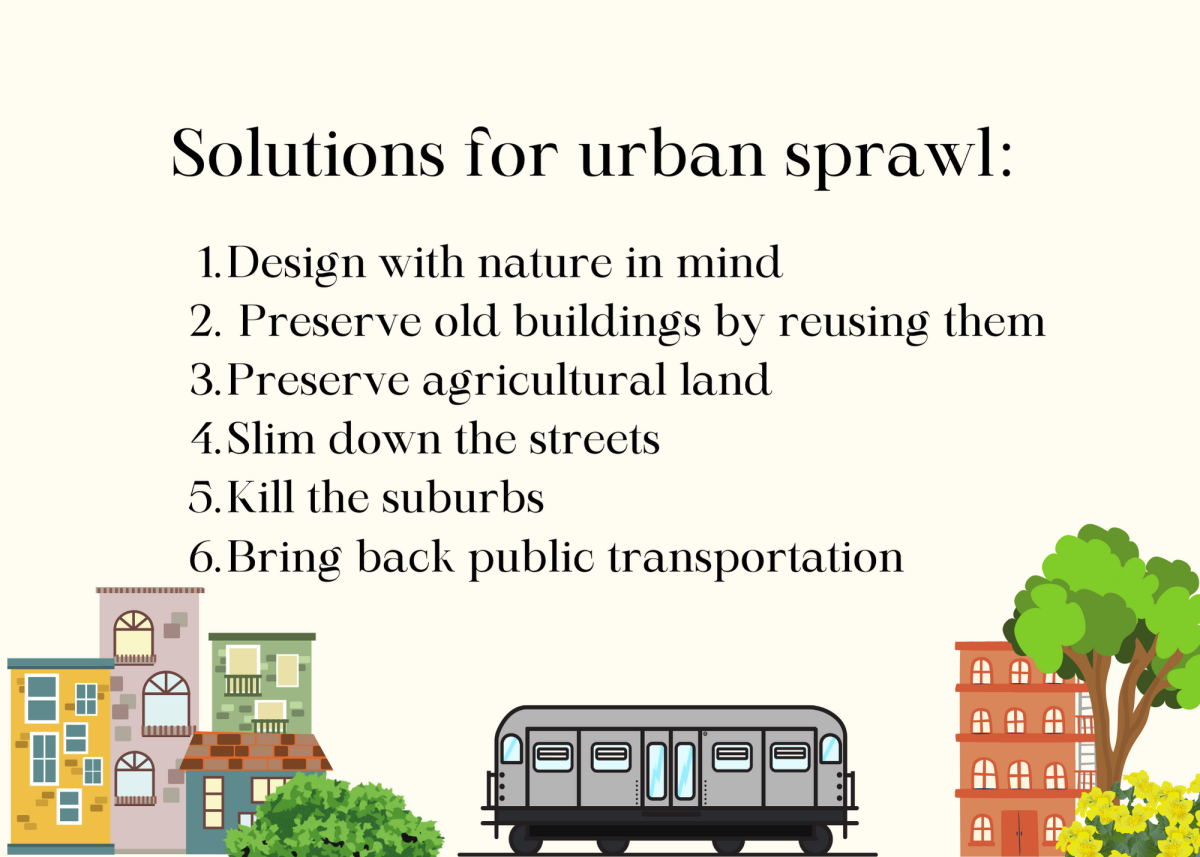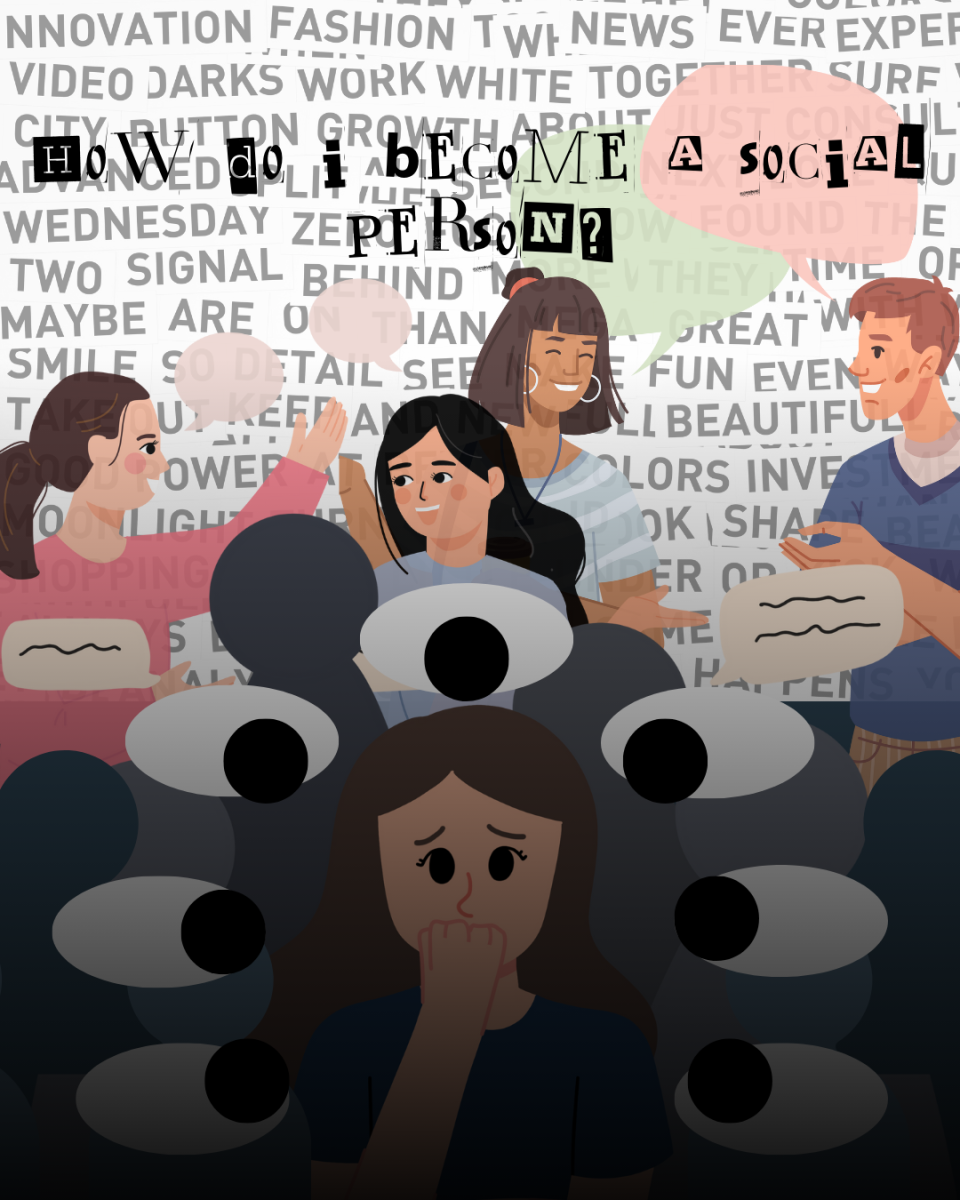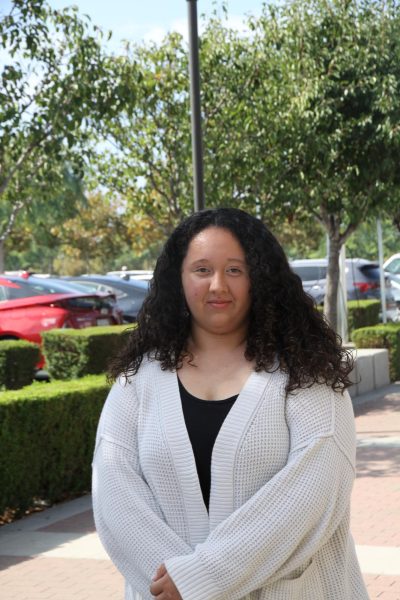POV: you wake up, remembering that you need to go to the grocery store. Since you don’t drive, you’ll be walking. You get ready and head out the door to see rows of houses that all seem like they’ve been copied and pasted. You shrug your shoulders and begin your walk. After what seems like hours of walking, you just can’t seem to escape this maze of houses.
Finally, you make it out and in the distance, you see no public transportation, a strip mall with the biggest parking lot, never-ending traffic and a six-laned “stroad.” Your goal: make it out alive and get to the store, preferably today. However, this seems impossible for you, the average non-driver in suburban America.
Urban sprawl is defined as “the uncontrolled expansion of urban areas,” by the Oxford Dictionary. Unfortunately, as more people move out of densely populated cities like New York City or San Diego, California, they will most likely end up in a suburban area.
For the most part, there are three main types of cities: urban, suburban and rural. Urban cities are dense, both in population and structurally. People tend to work in non-agricultural jobs; cities have a mix of commercial buildings, houses, roads and railways; and they are typically “walkable,” meaning that you don’t need a car for most activities. Some cities that are considered urban include Boston, New York City, Tokyo, San Diego, and Chicago.
Rural cities are cities that are sparsely populated, have large amounts of underdeveloped land and agricultural fields. In most instances, the difference between urban and rural cities is noticeable. Any city or area that is mostly farmland is most likely rural, and many of these cities can be found throughout Midwestern America. The same cannot be said about suburban cities, however.
Oxford Dictionary defines a suburb as just “an outlying district of a city, especially a residential one.” They tend to be more residential, and the zoning of suburban cities tend to separate commercial centers from schools, residential areas and everything else. This is when you see things, such as large shopping centers, in one area that require some sort of transportation other than walking to get to. Suburban areas typically make up most of the sprawling cities. Suburban areas include Riverside, California; Atlanta, Georgia; Nashville, Tennessee; and Cape Coral, Florida.
Jennifer Lilley works for the city of Riverside, California as the Community and Economic Development Director. She defines urban sprawl as a mentality that has caused people to move to less populated areas that are residentially-focused.
“When America grew, it grew in big cities like Manhattan, Chicago, San Francisco and Los Angeles where everything was dense and compact. But, there was this mentality of pre-environmental protection that living in a big city and living in that environment is not healthy and not as conducive to family values,” Lilley said.
One of the reasons why people move to the suburbs rather than major urban cities like New York or San Francisco is because of the higher crime rates.
According to the National Center for Victims of Crime, victims of reported sexual assault in urban areas account for 55% of all reported cases in the United States, while 45% of reported cases are from suburban areas and 10% of cases are from rural areas. As for aggravated assault: 31% of reported cases come from victims in urban areas, 51% of cases come from suburban areas and 18% of cases come from rural areas.
However, violent victimization in urban areas has decreased by 72%, while violent crimes in suburban areas have decreased by 65%. As for rural areas, violent crimes have gone down even less, at 48%.
It would make sense for anyone to want to live in a place with lower crime rates. While crime can correlate with safety, they do not mean the same thing as in areas with heavier populations; it is expected for there to be more crime. For example, car accidents and fatalities caused by them are a huge safety risk.
“When you think about how the Inland Empire grew, it was all the Orange County refugees that were like ‘I can’t buy a home here, so I’m going to go move to Corona, Norco and Riverside, but I’m going to work in Irvine because that’s where my job is.’ That’s when you see the 91 freeway every morning and night with over three-hour-long traffic because that’s how everyone is going to work and coming home,” Lilley said.
Lilley brought up the fact that many people in Southern California live in one area or city, but commute long distances for work. When hundreds of people are trying to get home or to work on the same freeway, car accidents are bound to happen, especially in sprawling areas.
According to an article by Forward Law Group, there were 3,786 car accidents that led to fatalities all throughout California in 2021. And to no surprise, three of the counties with the most sprawling cities were on the list of most fatalities: San Bernardino with 367 deaths at number two, Riverside with 263 deaths at number four and Orange with 164 deaths at number seven.
When so many people have to rely on driving everywhere, you get high amounts of accidents. So many people also drive either distracted or under the influence of alcohol, making driving even more dangerous with the already heavy traffic.
This is caused by something called “car dependency.” Car dependency, as defined by the Victoria Transport Policy Institute, refers to “transportation and land use patterns that favor automobile access and provide relatively inferior alternatives.”
Car dependency has been one of the main concerns of urban planning activists. The majority of Americans have already become car dependent, and the infrastructure of cities only makes the problem worse. Yes, people can walk, bike, take the bus, or even a train or subway, but it’s not an option for many. Many sprawling cities in the U.S. have a weak or lack of public transit and some have no rail or subway system at all.
According to the 2019 U.S. Census Bureau, 84.8% of people commuted to work by car, compared to the: 5% of people took public transportation to work, that includes buses, subways, commuter rails, light rails and street cars; 0.5% of people took a bicycle to work; and only 2.6% of people walked to work.
A valid argument could be that people have long commutes, so walking, biking and public transport are not fast and efficient enough. While this is true, it wouldn’t be an issue if everything wasn’t sprawled and far apart. More housing closer to where people work would solve this issue. For example, housing in cities like New York city and Tokyo, Japan where the housing is dense and not at all far from business centers.
Biking, which is often one of people’s top solutions, in areas where so many cars are driving at high speeds is not safe. In 2021, approximately 966 people in the U.S. were killed while biking. Over 65% of deaths happened in just five states, those of which include: Florida, California, Texas, New York and Arizona.
Completely eliminating cars is also not the correct solution to the problem of car dependency, though. The issue of everything being so far apart still remains. People would still have to find some way to get to their destinations, and most cities don’t have the resources to get people moving.
Another issue with urban sprawl is how much land is needed to create these low density cities. When you have people that are leaving dense cities and who are now coming into the suburbs, the cities have to be expanded, one way or another.
Claire Coyne is an earth science professor at Santa Ana College. She talks about how important it is to protect the environment, and the consequences of urbanization.
“Urbanization leads to deforestation and habitat loss as well as increased air and water pollution due to emissions from vehicles, industrial and residential facilities. Air pollution can produce acid rain, which can impact the growth of vegetation and impact organisms within the oceans,” Coyne said.
Air pollution is one of the main ways urbanization and urban sprawl affect our environment. Urbanization is “the concentration of human populations into discrete areas. This concentration leads to the transformation of land for residential, commercial, industrial and transportation purposes. It can include densely populated centers, as well as their adjacent periurban or suburban fringes,” according to the U.S. Environmental Protection Agency.
The U.S. Union of Concerned Scientists lists pollutants caused by cars, one of them being volatile organic compounds. VOCs react with nitrogen in the air and when combined, create smog. Smog is air pollution that reduces visibility and looks like foggy smoke. Smog that is found at the ground level can cause irritation to our respiratory system and causes symptoms such as: choking, coughing, and reduced lung capacity.
Carbon monoxide is another gas listed by the USUCS, and is more commonly known. This gas is not only odorless, but colorless as well, making it even harder to detect. When inhaled, carbon monoxide blocks oxygen to many organs throughout the body, like the brain and heart.
Air pollution isn’t the only way urbanization harms the environment, though.
“Native plants and greenery support important processes within an ecosystem, without them, water and air purification, pollination, and soil stabilization, can be negatively impacted. Vegetation plays a role in stabilizing soil and preventing erosion. Loss or lack of vegetation increases the erosion of soil as well as risks for flooding and/or landslides,” Coyne said.
Flooding and landslides, as mentioned by Coyne, are becoming more common for two reasons: climate change and soil erosion.
When it rains, the water needs to go somewhere, whether it is soaked up by plants or collected by someone. However, when you have a lack of vegetation due to the ground being covered mostly by asphalt or concrete, that water has nowhere else to go. Since climate change is causing more flooding, the effects would be worse in areas where there are no crops to take in the water. We are already seeing this happening in states like Texas.
“Flood risks in Texas are increasing as climate change brings heavier precipitation, stronger hurricanes and sea level rise and as the state’s population continues to climb,” according to the Texas Tribune.
Not only does car dependency create large amounts of pollutants that affect our respiratory system, but sprawling cities in general can also affect our mental health and can even play a role in higher obesity rates.
The International Journal of Health Geographics reports that sprawl is associated with less physical activity and behavioral changes that influence people to pick up unhealthy habits such as smoking. These habits, combined with less physical activity and pollution have led to higher cases of colorectal cancer, breast cancer, and lung cancer. An increase in time it takes to drive to health check ups can also influence people to have less screenings or appointments, giving more time to diseases to attack the body.
Another way that urban sprawl affects us health-wise is mentally.
“Living in a sprawling area can feel pretty lonely. It gets very isolating, for example, during the pandemic when people couldn’t go out. Especially when day to day, you’re driving to work for an hour, work in an isolated environment and then go home back to the neighborhood where they might not know people. So, they [experts] find that in more compact communities, people live longer, healthier and are more active,” Lilley said.
There have been attempts to fix the issue of urban sprawl in the past, especially here in Southern California.
“If truth be told, it’s to try to keep young people in California because we are an aging state. We need young people to live here, work here and go to school here in order to keep the state thriving. So, state legislation is requiring cities to plan for more housing in the single-family residential neighborhoods. Before, you were only allowed to have one house on a property. Now, if you want to convert your garage into a little apartment or build a second story on top of your house to rent that out, you can,” Lilley said. “The government used to prohibit that, which in return, caused even more sprawl.”
The city of Irvine, California for example, has now allowed residents to create ADUs, or accessory dwelling units. They are affordable and can even provide an extra source of income if a homeowner wants to build one on their property. ADUs can either be attached to the main home or can be detached and can also be rented or used by relatives, seniors, friends, etc. Many other cities have allowed for ADU creation, as well.
This is a great solution because it does not require further expansion of residential areas and it provides more affordable housing, which is much needed in California.
Another solution that the state of California was planning was a rail system, which ended up not happening. Although, the city of Santa Ana is currently working on a street car.
“There was a monorail system that was planned in the 80s that would have gone around throughout Orange County and LA that would have been very reliable and affordable. But unfortunately, there were big fights amongst the cities about where the stops would be. Cities would have been passed over, and all the businesses would have relocated in the cities with stops. Because the politics couldn’t get out of the way, the monorail never happened,” Lilley said.
While the original monorail unfortunately did not happen, California still has over 100 agencies providing transportation services to the state. We have access to local buses, metrolink stations, above-ground cable cars, street cars, transportation services for elderly and disabled people and even taxis. The only issue is that agencies do not have communication, so routes are not as convenient for everyone. This leaves some people with limited options in terms of public transport, as opposed to some people having a wide variety of options.
With more people beginning to advocate for change, we can get more cities to improve sprawl. If you want to read more about solutions, feel free to check out this article from Blue Zones.
Coyne leaves us with an important message.
“Balancing urban growth with environmental preservation is complex, but essential for protecting and sustaining healthy ecosystems for the well-being of both humans and the planet.”


































